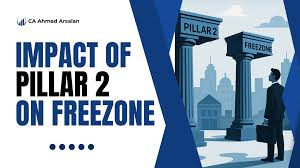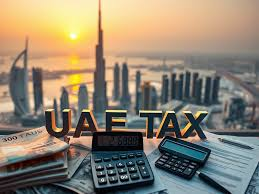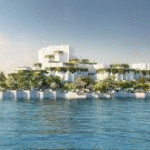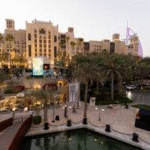Now Reading: GCC Real Estate: 5 Compelling Tax Trends To Watch In 2025
-
01
GCC Real Estate: 5 Compelling Tax Trends To Watch In 2025
GCC Real Estate: 5 Compelling Tax Trends To Watch In 2025
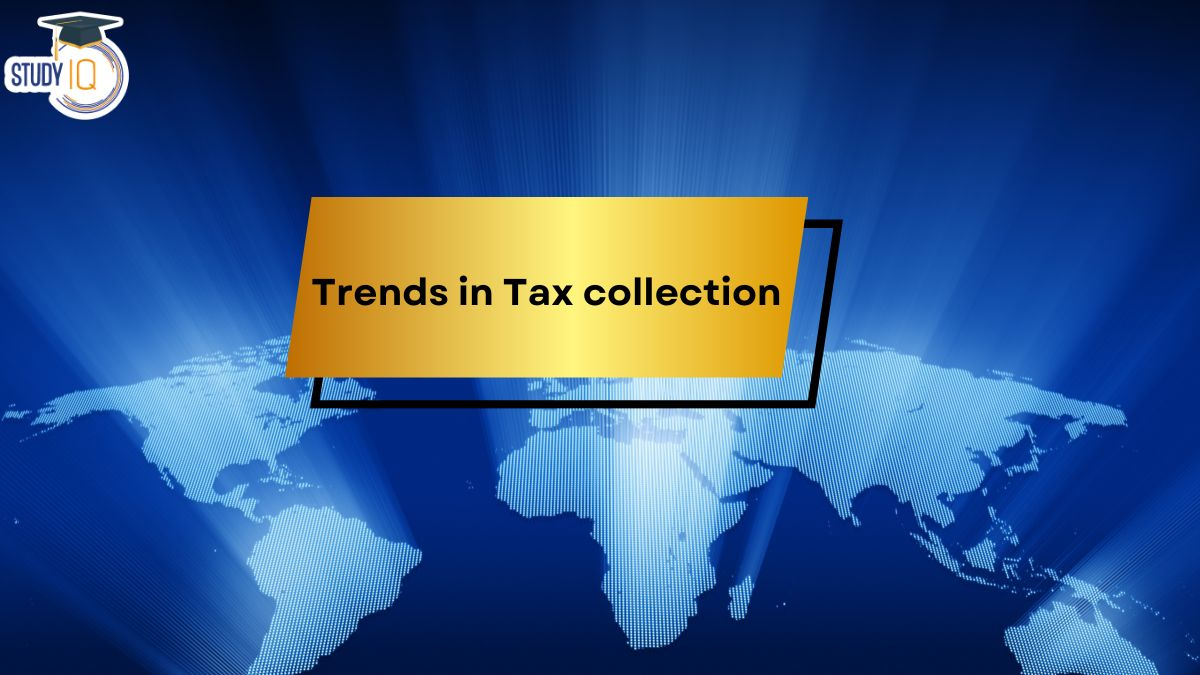
Table of Contents
Tax Trends: The Gulf Cooperation Council (GCC) real estate market, valued at $131.86 billion in 2024 and projected to reach $252.80 billion by 2033 with a 7.1% CAGR, is propelled by $1.68 trillion in mega-projects like NEOM and Dubai’s Palm Jebel Ali, per imarcgroup.com and economymiddleeast.com. Tax reforms, aligning with OECD Pillar Two and regional diversification goals, are reshaping the sector for SAR 50 million ($13.33 million) investments.
Saudi Arabia and the UAE lead with evolving VAT, RETT, and corporate income tax (CIT) frameworks, per pwc.com. This guide, crafted in clear, SEO-friendly language with an engaging tone, highlights five compelling tax trends for GCC real estate in 2025, supported by data, legal insights, and risk mitigation strategies.
5 Compelling Tax Trends To Watch In 2025

1. Expansion of Domestic Minimum Top-Up Tax (DMTT)
The UAE and Bahrain will implement a 15% DMTT for multinationals with revenues over €750 million from January 1, 2025, per OECD Pillar Two, building on UAE’s 9% CIT and Bahrain’s new CIT framework, per pwc.com. Kuwait will introduce a 15% CIT for multinationals, per arabtimes.com. This impacts SAR 50 million ($13.33 million) real estate firms in Dubai or Manama with global operations.
- Impact: Adds $1 million tax on $6.67 million profits below 15% effective rate, per shuraatax.com.
- Investor Action: Restructure SAR 30 million ($8 million) projects to optimize tax under DMTT, per alaan.com.
- Example: A $13.33 million Dubai office developer pays $666,500 extra CIT, reducing $1.07 million yields to 7%.
- Source: pwc.com, arabtimes.com, shuraatax.com
2. Enhanced VAT Compliance via E-Invoicing
Mandatory e-invoicing in the UAE by 2025, per Decree-Law No. 18 of 2024, and in Saudi Arabia since 2021, per ZATCA, streamlines VAT reporting for SAR 50 million ($13.33 million) projects, reducing penalties up to SAR 50,000 ($13,333), per cleartax.com. This ensures transparency for VAT on commercial leases (5% UAE, 15% Saudi).
- Impact: Saves $26,666 in penalties, ensuring $666,500 VAT recovery, per cityscapeglobal.com.
- Investor Action: Integrate ERP with FTA/ZATCA for SAR 20 million ($5.33 million) projects, per saudigulfprojects.com.
- Example: A $13.33 million Riyadh retail project avoids $13,333 fines, yielding $933,100 at 7%.
- Source: cleartax.com, cityscapeglobal.com, saudigulfprojects.com
3. SEZ Tax Incentives Evolve
Special Economic Zones (SEZs) like NEOM and UAE’s DIFC will expand zero CIT and VAT exemptions for SAR 50 million ($13.33 million) projects, with Saudi Arabia refining incentives in 2025, per middleeastbriefing.com. UAE’s Cabinet Decision No. 35 of 2025 redefines tax nexus for REITs, per X posts, impacting property income.
- Impact: Saves $2.67 million CIT on $13.33 million profits, per pwc.com.
- Investor Action: Register SAR 30 million ($8 million) entities in SEZs via MISA/DED, per nevestate.com.
- Example: A $13.33 million NEOM hotel avoids $1.33 million taxes, yielding $1.2 million at 9%.
- Source: middleeastbriefing.com, pwc.com, nevestate.com
4. Green Tax Credits for Sustainable Projects
Saudi’s Green Initiative and UAE’s Net Zero 2050 offer VAT/Zakat/CIT offsets for SAR 20 million ($5.33 million) green projects, like solar-powered developments in Riyadh or Dubai, per imarcgroup.com. These align with 69% of Saudi residential projects being sustainable, per imarcgroup.com.
- Impact: Saves $266,600 VAT on $2.67 million green tech costs, per strategyand.pwc.com.
- Investor Action: Partner with NGHC/DEWA for SAR 15 million ($4 million) projects, per saudigazette.com.
- Example: A $5.33 million Dubai green villa saves $133,300 VAT, yielding $426,400 at 8%.
- Source: imarcgroup.com, strategyand.pwc.com, saudigazette.com
5. RETT Harmonization Across GCC
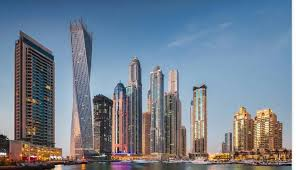
Saudi Arabia’s 5% RETT, effective April 9, 2025, per Royal Decree No. M/84, and UAE’s emirate-specific transfer fees (e.g., 4% Dubai, 2% Abu Dhabi) may see harmonization efforts in 2025, per practiceguides.chambers.com. Exemptions for SME restructurings and PPPs in NEOM or Lusail expand, per arabnews.com.
- Impact: Saves $666,500 RETT on $13.33 million transfers, per shuraatax.com.
- Investor Action: Structure SAR 20 million ($5.33 million) deals via SPVs, per finanshels.com.
- Example: A $13.33 million Jeddah plot transfer saves $666,500 RETT, yielding $933,100 at 7%.
- Source: practiceguides.chambers.com, arabnews.com, shuraatax.com
Legal and Tax Framework
- GCC Tax Framework:
- Saudi Arabia:
- RETT: 5% on disposals, exemptions for SMEs/PPPs, per arabnews.com.
- VAT: 15% on commercial transactions, e-invoicing mandatory, per cleartax.com.
- Zakat: 2.5% on net assets, simplified for SMEs, per ey.com.
- CIT: 20%, zero in SEZs, DMTT pending, per pwc.com.
- UAE:
- VAT: 5% on commercial transactions, zero-rated for first residential sales, per taxsummaries.pwc.com.
- CIT: 9%, 15% DMTT for multinationals, zero in SEZs, per pwc.com.
- Transfer Fees: 4% Dubai, 2% Abu Dhabi, waived in SEZs, per immigrantinvest.com.
- Bahrain/Kuwait: 15% DMTT for multinationals, no VAT, per pwc.com, arabtimes.com.
- E-Invoicing: Mandatory in Saudi Arabia (2021), UAE (2025), per cleartax.com.
- AML: KYC for transactions above SAR 100,000 ($26,667), penalties up to SAR 5 million ($1.33 million), per pwc.com.
- U.S. Tax Framework:
- Reporting: Declare income via Forms 1040, 1116, Schedule E under FATCA. Income taxed at 10–37%, capital gains at 0–20%, per IRS.
- Foreign Tax Credit (FTC): Offset VAT/RETT/Zakat/CIT, per brighttax.com.
- FEIE: $130,000 exclusion for earned income, not rentals.
- Residency: SAR 2 million ($533,333) investments qualify for Saudi Premium Residency or UAE Golden Visa, per globalresidenceindex.com.
Risks and Mitigation
- Compliance Penalties: DMTT/VAT errors risk SAR 50,000 ($13,333) fines, per cleartax.com. Use ZATCA/FTA software, per alaan.com.
- Oversupply: 35,000 units in 2025 may cut yields by 2–3%, per cushwake.ae. Target luxury zones, per realestatesaudi.com.
- Regulatory Shifts: DMTT/SEZ changes increase costs, per ms-ca.com. Monitor ZATCA/FTA, per finimize.com.
- Currency Volatility: SAR/AED fluctuations impact returns. Hedge via Riyad Bank, per omniacapitalgroup.com.
- U.S. Tax Burden: IRS reporting reduces returns. Maximize FTC, per brighttax.com.
Step-by-Step Guide for U.S. Investors
- Assess Tax Trends: Evaluate DMTT, SEZ, and green credits for SAR 20–50 million ($5.33–$13.33 million) projects, per pwc.com.
- Set Budget: Allocate $13.33 million, including 5% RETT/VAT ($666,500) and 4% fees ($533,200 in Dubai), per immigrantinvest.com.
- Target SEZs: Invest in NEOM/DIFC for SAR 30 million ($8 million) tax savings, per middleeastbriefing.com.
- Adopt E-Invoicing: Integrate with ZATCA/FTA for SAR 20 million ($5.33 million) compliance, per saudigulfprojects.com.
- Ensure Compliance: File VAT/RETT/CIT by April 30, 2025, and U.S. taxes by April 18, 2025, with FTC, per brighttax.com.
- Monitor Yields: Track 6–9% returns via propertyfinder.ae, per hermesre.ae.
Conclusion
The GCC’s $131.86 billion real estate market, driven by $1.68 trillion in mega-projects, faces transformative tax trends in 2025, including DMTT, e-invoicing, and green credits, saving up to $2.67 million on SAR 50 million ($13.33 million) investments, per imarcgroup.com and pwc.com. U.S. investors, leveraging FTC and ZATCA/FTA frameworks, can secure 6–9% yields in NEOM and DIFC, mitigating risks like oversupply and compliance penalties, per cushwake.ae and cleartax.com. These trends, aligned with Vision 2030, position GCC real estate as a global investment hub, per strategyand.pwc.com. Tax trends
read more: 7 Smart Uses of Pillar Two Tax for Investors in 2025



